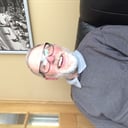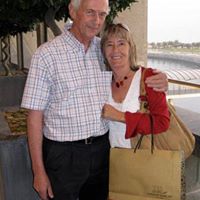What colour were UK passports that were first issued in the 1920s?
A 32-page passport with a dark blue cover, commonly known as the old blue style, came into use in 1920 with the formation of the Passport Service following international agreement on a standard format for passports, and remained in use until replaced by the European Union-style machine-readable passport in late 1988.
As with many documents worldwide and all booklet-format documents, details were handwritten into the passport and (as of 1955) included: number, holder's name, "accompanied by his wife" and her maiden name, "and" (number) "children", national status. For both bearer and wife: profession, place and date of birth, country of residence, height, eye and hair colour, special peculiarities, signature and photograph. Names, birth dates, and sexes of children, list of countries for which valid, issue place and date, expiry date, a page for renewals and, at the back, details of the amount of foreign exchange for travel expenses (a limited amount of sterling, typically £50 but increasing with inflation, could be taken out of the country).
The bearer's sex was not explicitly stated, although the name was written in with title ("Mr John Smith"). Descriptive text was printed in both English and French (a practice which still continues), e.g., "Accompanied by his wife (Maiden name)/Accompagné de sa femme (Née)". Changed details were struck out and rewritten, with a rubber-stamped note confirming the change.
More Info:
en.wikipedia.org



